Gainward has now officially unveiled its custom version of the Geforce GTX 770, the Gainward GTX 770 Phantom.
Based on the GTX 770 design paired up with a custom cooling solution, the new GTX 770 Phantom graphics card works at higher clocks, 1150MHz base and 1202MHz Boost GPU clocks to be precise. In contrast, the reference clocks are 1046MHz base and 1085MHz Boost.
The GTX 770 Phantom features 2GB of GDDR5 memory paired up with a 256-bit memory interface and clocked at reference 7010MHz. For the first time we see Nvidia going for such fast memory modules, which should go a long way towards boosting performance. The peak memory bandwidth stands at 224.3GB/sec – that’s 15% more bandwidth than last year’s Geforce GTX 680 (6008MHz effective). Nvidia also made it possible for partners to come up with custom cards with 4GB of GDDR5 memory.
The GTX 770 is closely related to the GTX 680, as they are both based on the GK104 GPU. Both cards have 1536 CUDA cores, 128 texture units and 32 ROPs, but the GTX 770 can draw as much as 230W of power, whereas the GTX 680 is happy with just 195W. Of course, the GTX 680 has slower memory and its GPU clock is 1006GHz, while the boost clock is 1058MHz.
Judging by the specs, the performance difference compared to the GTX 680 can’t be that big and we’re hoping that the price of the GTX 770 will reflect this fact.
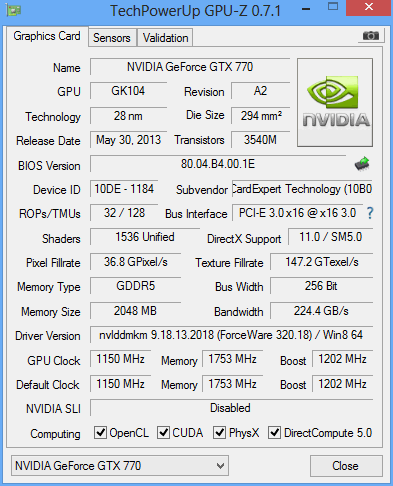
In order to keep the GPU and other temperatures at bay, Gainward decided to use the Phantom cooler with a rather hefty heatsink. While Nvidia's reference cooler is quite good Gainward certainly has a lot of confidence in its own version.
We already had a chance to get acquainted with the Phantom cooler. We saw it on Gainward’s GTX 680 and some other cards, but the GTX 770 version was redesigned to provide superior cooling performance and generate a bit less noise. There’s another nice feature – the fan can be removed without removing the heatsink or messing with the wiring. We’ll take a closer look at the cooler a bit later on.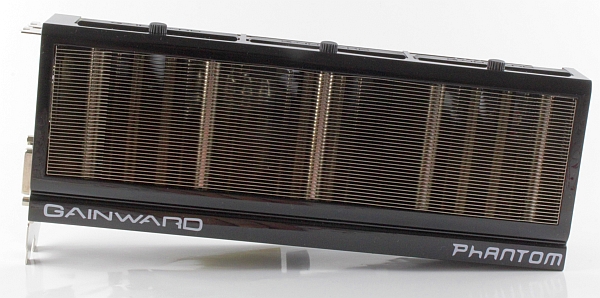
Geforce GTX 770 also features the same GPU Boost 2.0 technology used in the GeForce GTX Titan and GTX 780, giving gamers more advanced controls for overclocking, fan control, and hardware monitoring.
In the box you’ll find:
User Guide
Quick Installation Guide
Driver DVD
A small note about PCIE 3 compatibility
HDMI to DVI Dongle
DVI to VGA Dongle
1x 6-pin to 8-pin Power Adapter
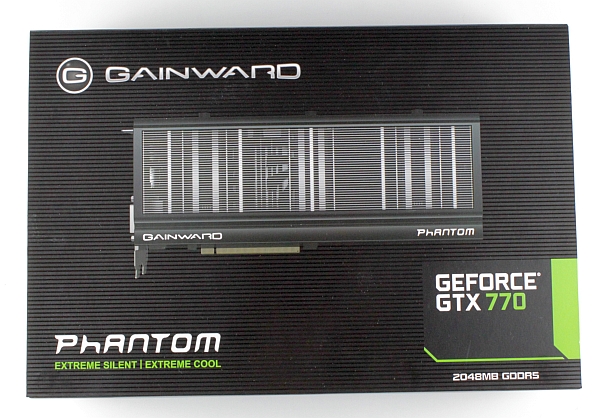
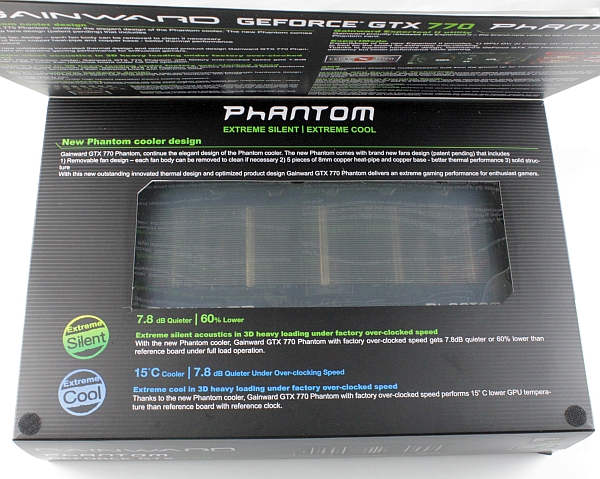
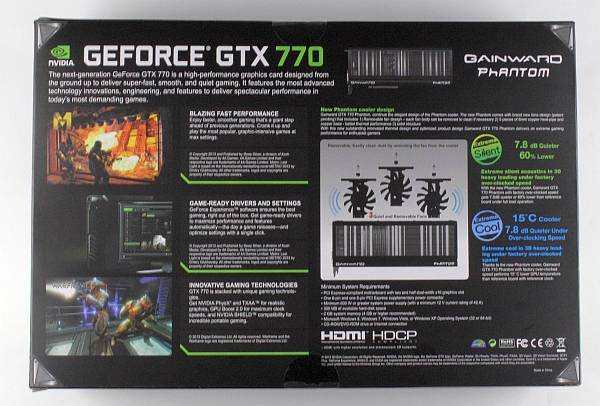
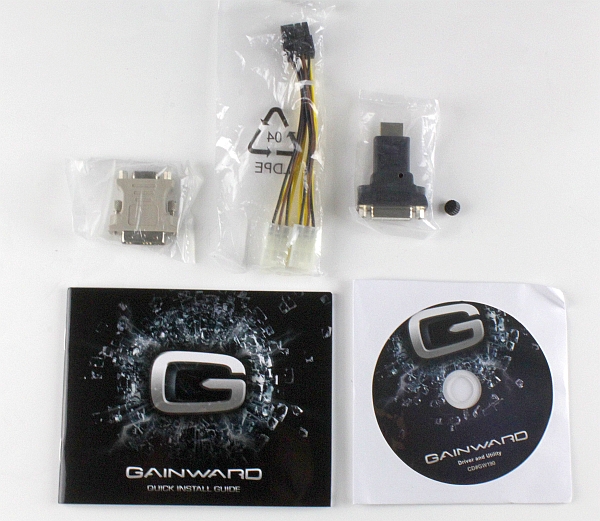
Previous generations of Geforce reference designs featured relatively noisy coolers, thus making non-reference cards with custom cooling a lot more appealing. Things have changed for the better, as the reference GTX 770 cooler is pretty good, as it doesn’t compromise on noise over performance.
This makes it much more difficult for Nvidia AIBs to come up with something better and worth the premium. Gainward thought it could pull it off, so it went for a new version of the Phantom cooler and slapped it on top of a card with a 104MHz factory overclock.
Gainward’s GTX 770 Phantom cooler is definitely a looker. The Phantom’s fans are hidden behind the heatsink so it may trick users into thinking that it’s a passive cooler. Still, if you peek through the heatsink fins, you’ll see silhouettes of the three fans.

This is what the reference Geforce GTX 770 looks like.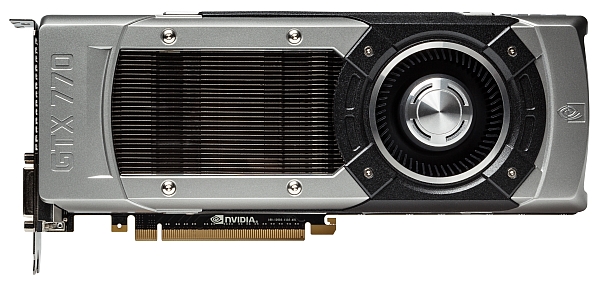
Gainward decided to use the baseplate to strengthen the PCB and provide a better cooling to the memory chips and MOSFET. The card has 2GB of GDDR5 memory. 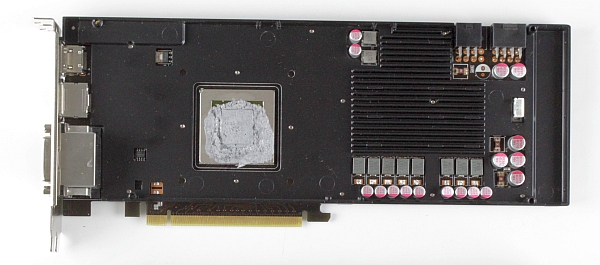
All the memory modules at the front of the PCB are tucked away underneath the reinforcement plate. 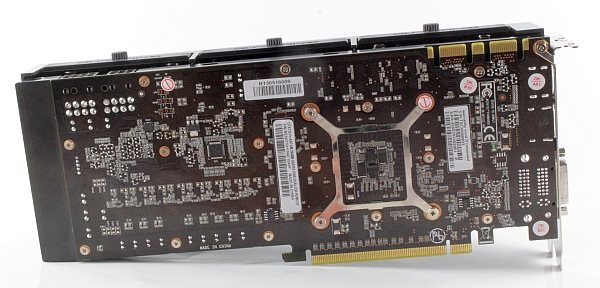
As far as video outs go, what we have here is the classic Gainward Quattro-port design, i.e. two dual link DVIs, HDMI (1.4a compatible) and DisplayPort out. Note that all four video outs can be used simultaneously. Nvidia included an HDMI sound device within the GPU, so there is no need for connecting the card to your SPDIF out to get audio and video via HDMI.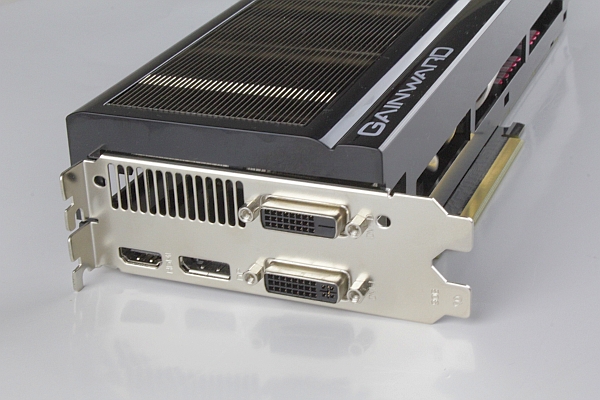
The GTX 770 Phantom is ready for multi-GPU action. In addition to standard dual-SLI, it can also be used in triple- and quad-SLI setops, as it features two SLI connectors.
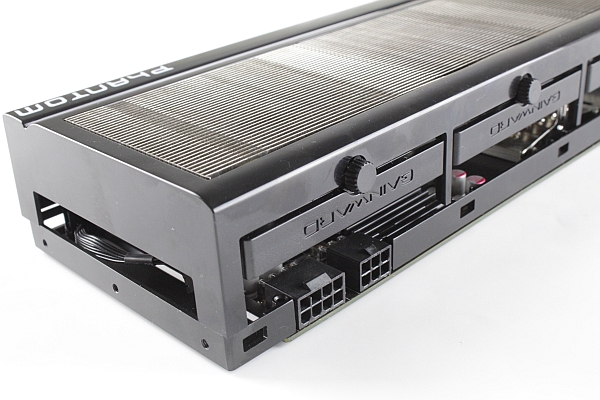
A combination of 6-pin and 8-pin power connectors is used on the GTX 770. The TDP for the reference card is 230W. The Phantom card uses an OnSemi NCP4206 voltage controller.
GTX 770's Phantom cooler is different from the one used on GTX 680/580 Phantom cards, although the cards may seem similar at a glance. The new cooler kept the 2.5 slot width. However, removing the shroud reveals that the new Phantom cooler uses three fans and a redesigned heatsink. Note that the GTX 580 Phantom used three fans, but the GTX 680/670 Phantom used two fans. It seems that Gainward decided three fans were a better combination with the redesigned heatsink. After all, the TDP difference between the GTX 680 and GTX 770 is 35W, which might explain the decision.
Now for the clever fan trick we mentioned earlier in the review. The fans can be easily removed much like hard drives from a hot swap unit. You just need to undo a single screw and yank the fan out. It is a very elegant approach. 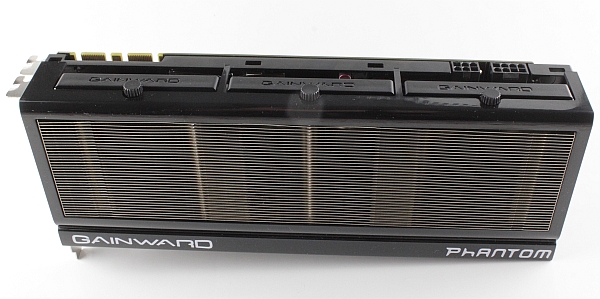
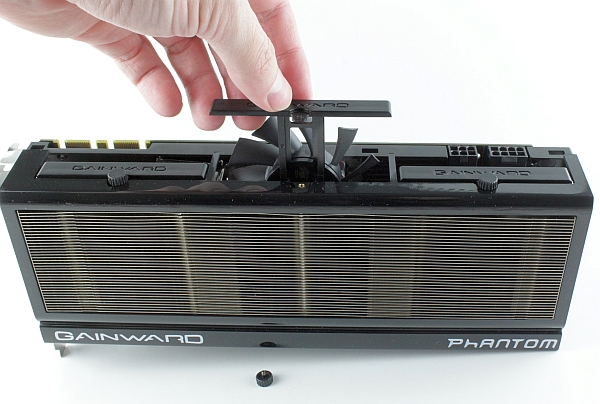
The trick is in the integrated power connector inside the bay. You can’t fit the fan upside down as it uses a set of rails to guide it down to the connector. Three fans and a tons of fins attract a lot of dust, hence we really like this approach, as it makes cleaning the heatsink much easier.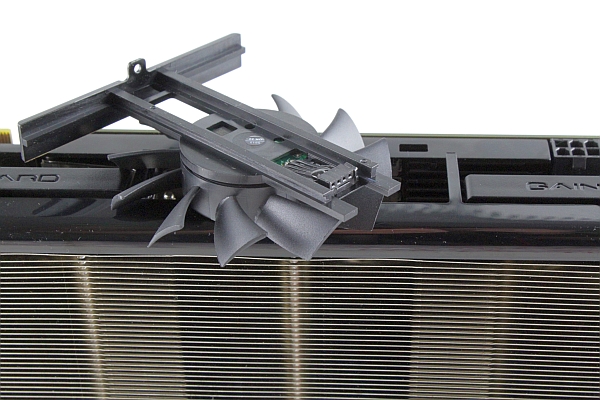
Gainward uses Power Logic PLA8015S12HH fans with a maximum RPM of about 3,500. The same Power Logic fan was used in the GTX 680/670/660 Phantom and GTX 580 Phantom cards.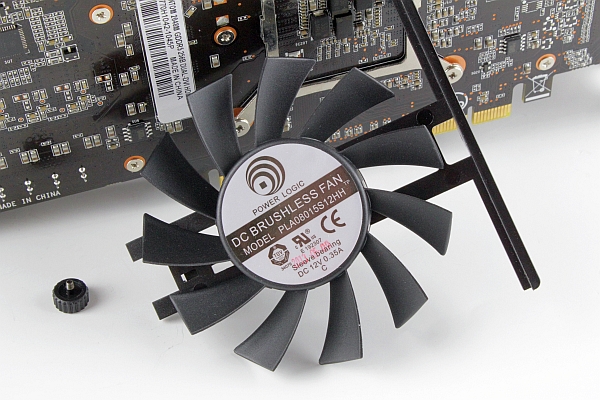
If you decide to take off a fan from most cards, it will void the warranty. On the Phantom it won’t, and it makes maintenance much easier. Removing the whole cooler from the card will be an easy task too, and could be done by removing four spring-loaded screws from the card’s back side, but this will void the warranty.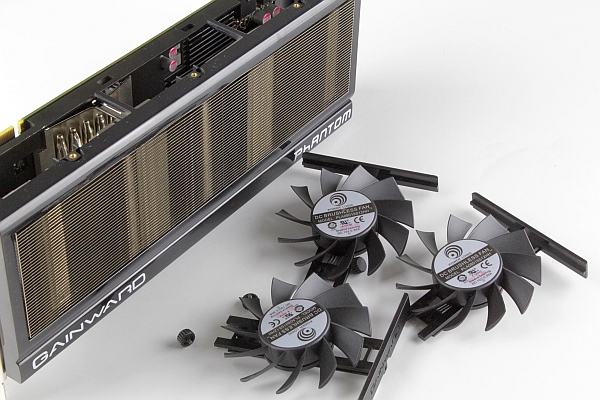
Judging by past experience, the loudness of the Power Logic fans depends on the efficiency of the heatsink. A well designed heatsink makes their life easier, and the decision to use three fans should result in more airflow at lower RPMs. Aside from the GPU, the fans are in charge of cooling hot components on the PCB too, and on a 230W card there is no shortage of those.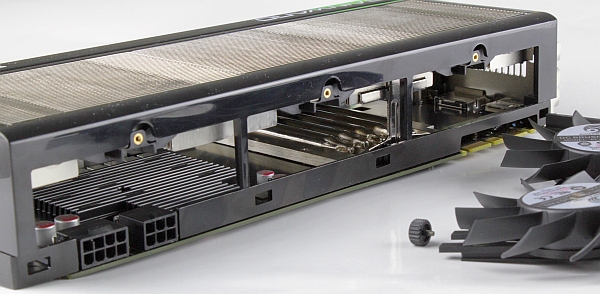
The next pictures shows how cable routing was implemented.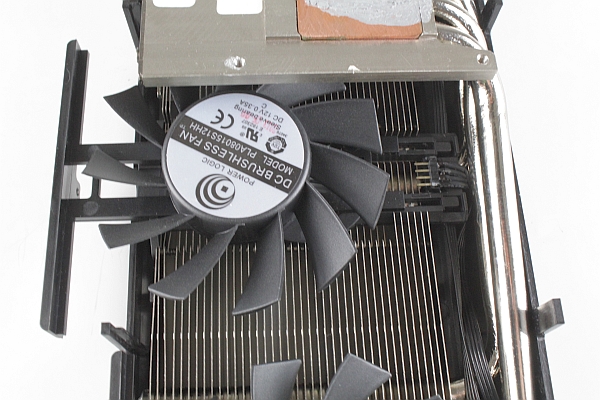
All three fans share the same 4-pin power connector. Setting the RPM manually is a breeze using Gainward’s ExperTool or any other popular utility like MSI Afterburner or PrecisionX.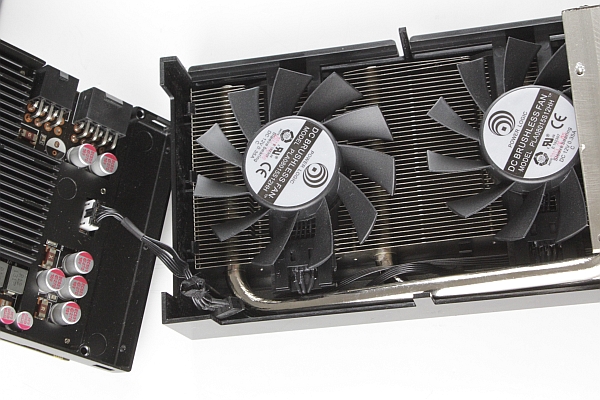
New Phantom cooler employs a five-heatpipe system to transfer heat between the cooler base and the heatsink. The 8mm heatpipes are curved a bit better than in previous Phantom coolers, so they don’t protrude from the cooler at any point. The welds between heatpipes and aluminum fins are accurate and look like they’ve been done very well indeed.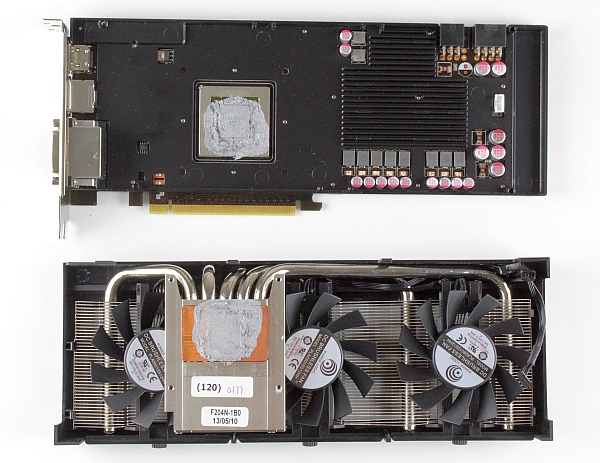
The GTX 670 Phantom did not feature a copper base, as it was made solely from aluminium. That was probably one of the main reasons it did not end up quieter than the reference GTX 670 cooler. Gainward went back to a copper base with the GTX 770, employing heatpipes to connect it to a massive array of fins.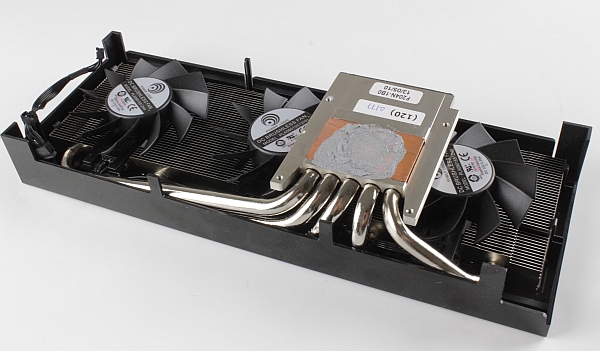
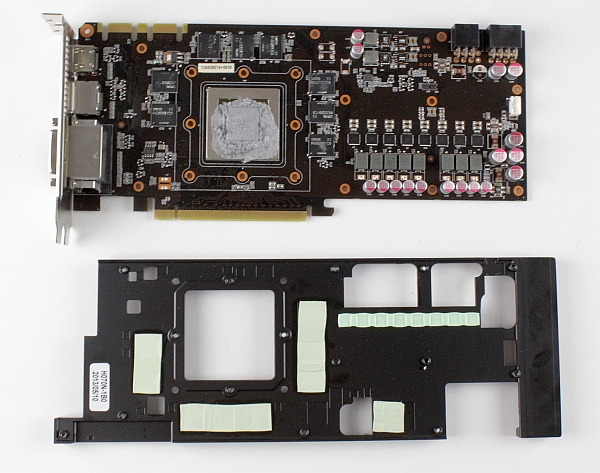
Testbed:
- Motherboard: EVGA Z77 FTW
- CPU: Ivy Bridge Core i7 3770 (4.5GHz)
- CPU Cooler: Gelid The Black Edition
- Memory: 8GB Corsair DDR3 2400MHz
- Harddisk: Corsair Neutron GTX 240GB
- Power Supply: CoolerMaster Silent Pro 1000W
- Case: CoolerMaster Cosmos II Ultra Tower
- Operating System: Win8 64-bit
Drivers:
- Nvidia 320.18-whql
- AMD 13.5_Beta2
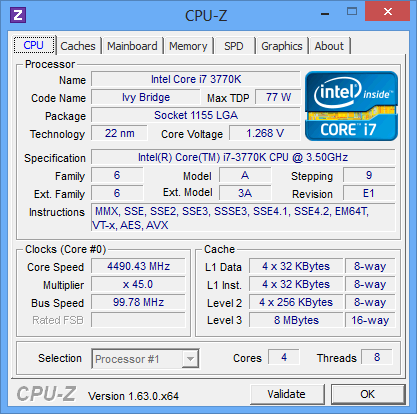
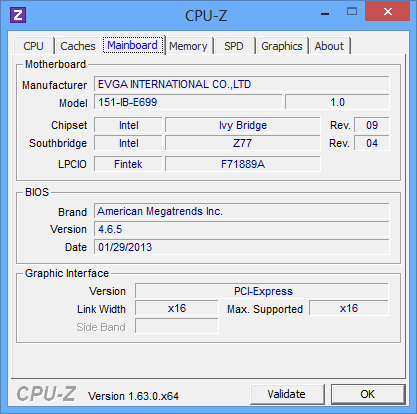
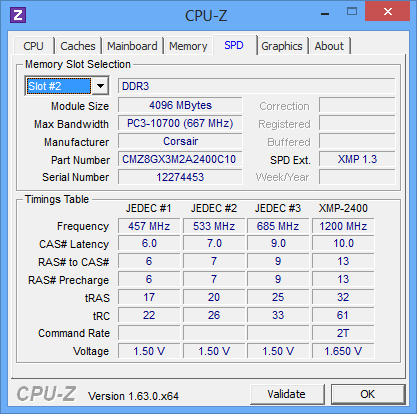
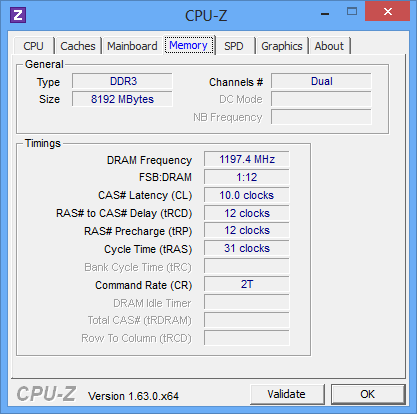
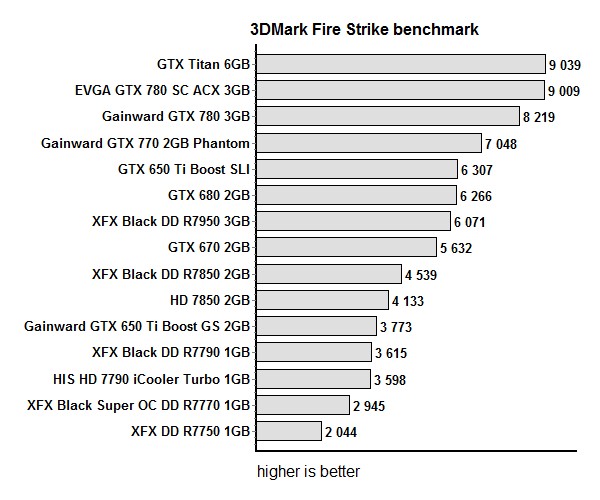
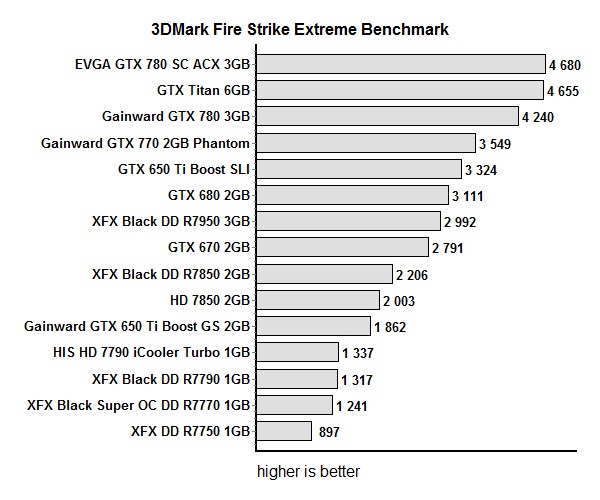
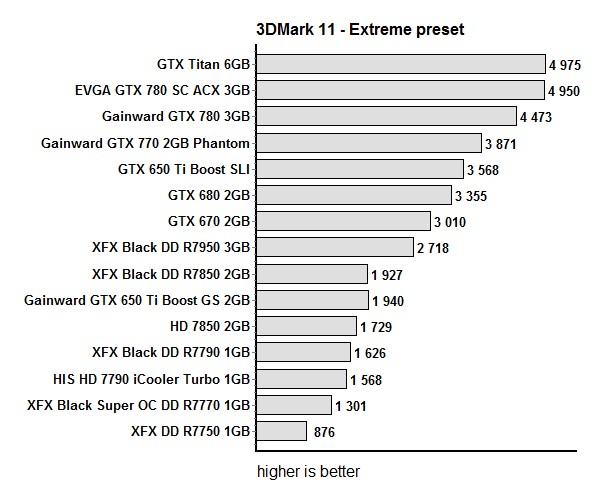
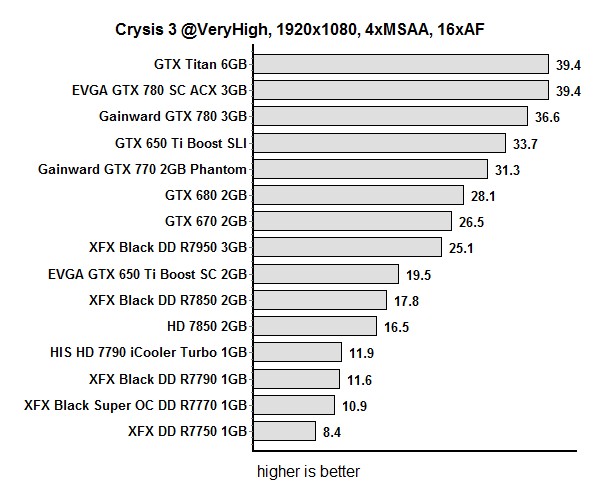
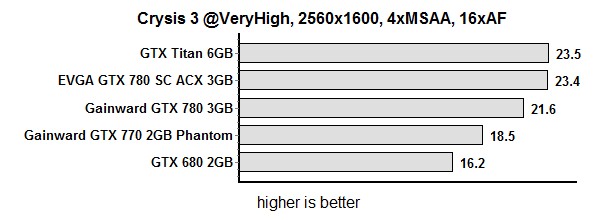
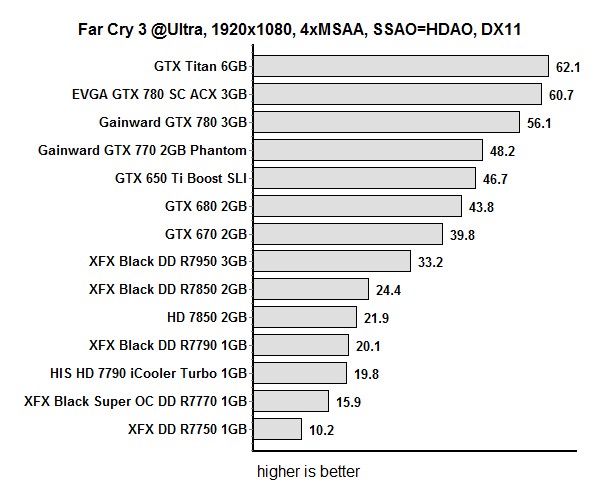
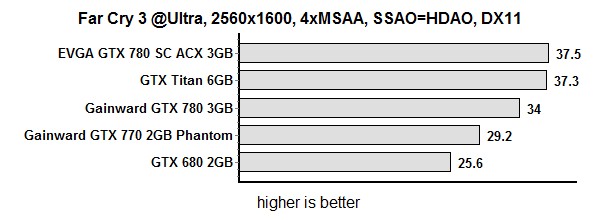
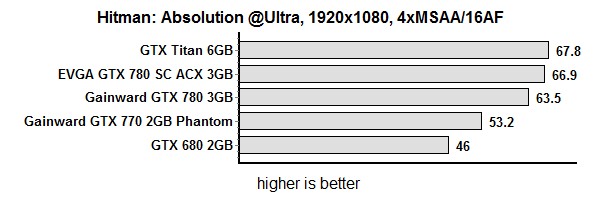
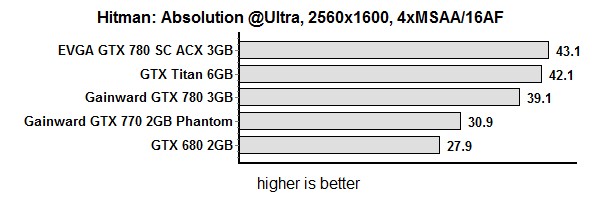
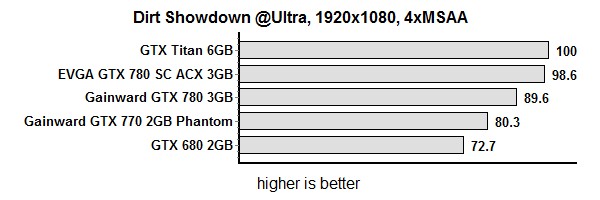
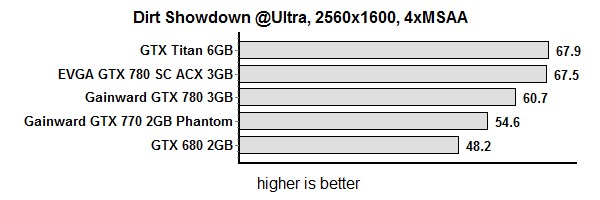
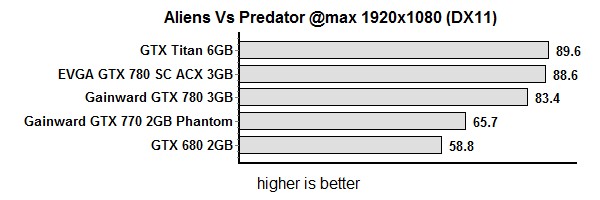
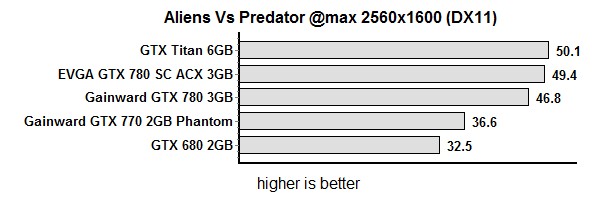
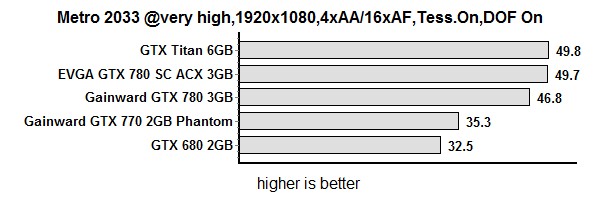
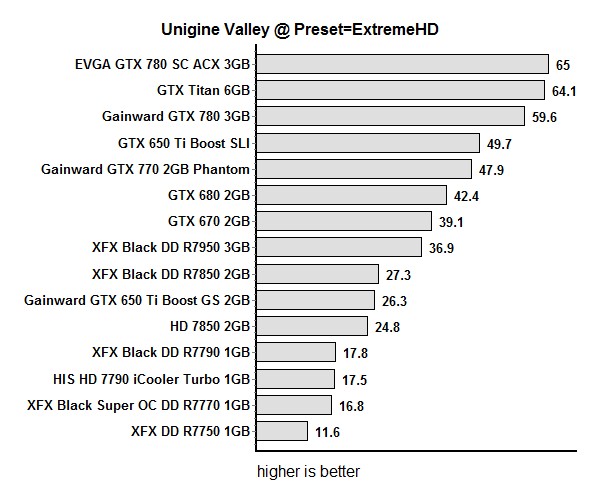
The reference GTX 770 and GTX 780 use the lauded Titan cooler, which does a very good job at keeping temperatures below the 81 Celsius mark, but it can get noisy when pushed hard. It is the ideal solution for reference clocked cards and it is pretty hard to improve upon.
Sadly though, we did not have a reference GTX 770 to directly compare the results, but in any case the Phantom didn’t fail to impress. The three fan combination proved pretty quiet and they didn’t distract us as the fan speed curve is well defined and in auto mode you should not experience sudden changes in fan speed. It’s only downside is that it is relatively cumbersome and 2.5 slots high, but this is a non-issue for users who don’t plan to go for an SLI setup.
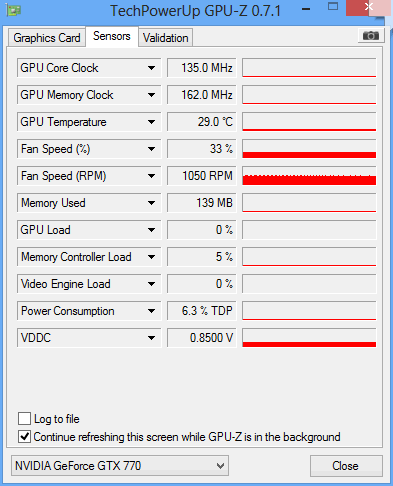
Idle GPU temperature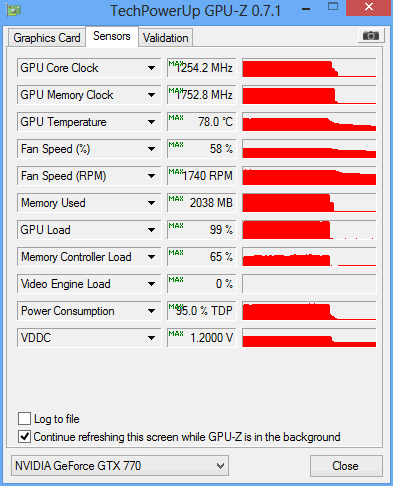
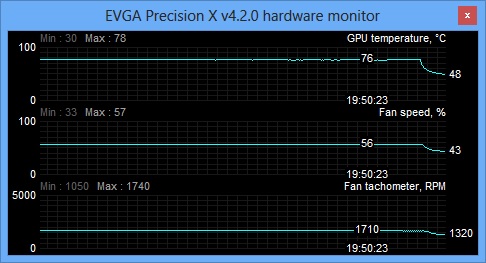
Load GPU temperature
Like the reference GTX 770, the Temp Target on the Phantom is set at 79 degrees Celsius by default. The cooler does a pretty good job and the temperature never exceeds 78 degrees. Let’s not forget that the GPU base is clocked at 1150MHz, hence it has a bit more heat to deal with than the reference card.
The TDP for reference GTX 770 cards is 230W, while the TDP for reference GTX 780 cards is 250W. Since the GTX 770 Phantom features a 104MHz factory overclock, it uses a bit more power than the reference card, but it still requires less power than a GTX 780.
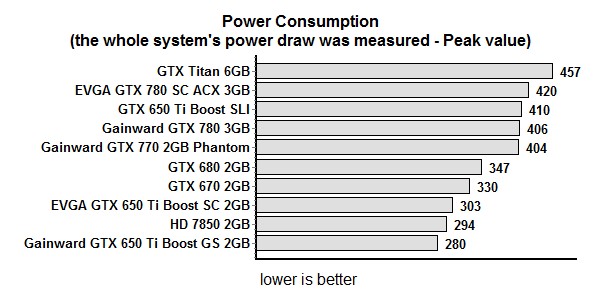
The Geforce GTX 770 is Nvidia’s second 700-series card, but it bears more than a passing resemblance to the 600-series, or the GTX 680 to be exact. Nvidia is at least trying to be hones about it, as it clearly states that the card is supposed to replace the GTX 670 rather than the GTX 680. It is 65 percent faster than the 570, making it sort of a replacement for the GTX 570. GTX 770 boasts a twofold increase in performance per watt compared to the GTX 570 and it also support four external displays rather than just two.
The reference GTX 770 also features a much better cooler than the GTX 680, but sadly it doesn’t really deliver much of a performance gain over the old card. In case you’ve got a GTX 680 there is no reason to upgrade, other than the superior cooler. Looking at AMD’s offering, the GTX 770 should be a couple of percent faster than the HD 7970 GHz Edition, but the differences may prove negligible with new drivers or a pinch of overclocking. We’ll try to put it head to head with the HD 7970 GHz Edition shortly.
The Gainward GTX 770 Phantom is a pretty nice piece of kit. The Phantom cooler is very quiet and it is a great alternative to the reference Titan derived cooler. The clever fan removal system is also a nice touch, especially if you tend to clean your rig often. Some may say it’s gimmicky, but we quite like it and feel it’s an interesting idea. The only downside is that the cooler is pretty big, but for non-SLI setups this really doesn’t make much of a difference.
In terms of performance, the 104MHz factory overclock makes sense if you are into 2560x1600 gaming, but even at reference clocks the GTX 770 has plenty of muscle for 1080p. The Phantom is rolling out today and it costs a bit more than reference cards. The first listings put the price at 400 euro.



